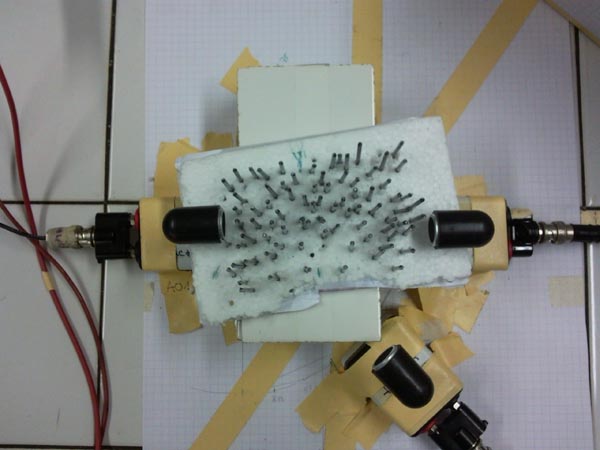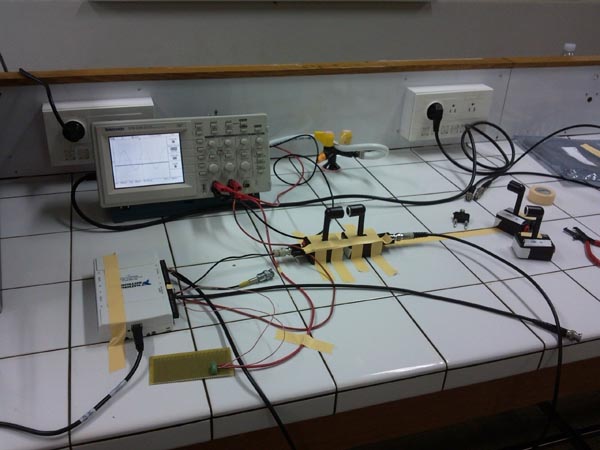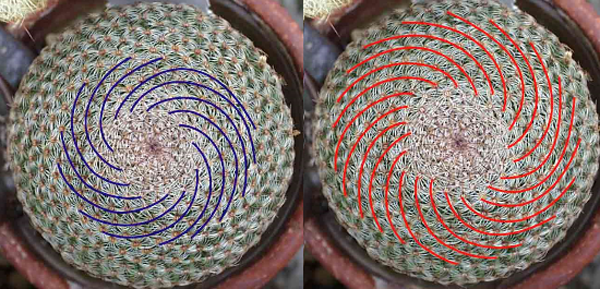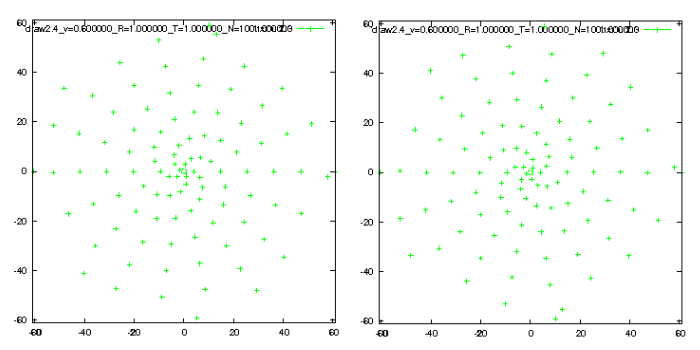| Here are some projects that I completed during my studies or just for fun! |
Time Reversal Signal Processingunder the supervision of Carine Douarche and Christophe Deroulers, work in collaboration with Jordan Monnet According to Richard P. Feynmann ”Physicists like to think that all you have to do is say, these are the conditions, now what happens next?”. Here, we take the problem in the other way. We know what happens at the end of the day (the final state of the system) and we want to retrieve the initial conditions! Retrieving the initial conditions can be of major importance: for instance, if Moby Dick sends you a message through the sea, you will be able to send this message again toward Moby Dick by 1) recording the message that you get 2) temporally reversing this message 3) sending the reversed messaged which will reach Moby Dick and then retrieve the initial condition. Okay, some very selfish people do not care about Moby Dick. But this process can also be applied to medicine. For instance, a signal emitted by a bladder clot could be amplified, reversed and then sent back to destroy the clot without causing any damage. Here, with a little home-made setup built with sound transmitters, nails, and polystyrene, we explain how this process works.
|
under the supervision of Sébastien Manneville, work in collaboration with Marie-Julie Dalbe Maxwell’s daemon has been invented in 1871 by the Scottish physicist James Cleck Maxwell who wanted to test the second law of thermodynamics. To make it short, this second law states that isolated systems always evolve toward thermodynamics equilibrium. Mmm, “thermodynamics equilibrium”, what does it mean ? If 2 compartments containing particles are in contact, at the end of the day, you will get the same number of particles in each compartments, whenever the initial distribution of particles. Let’s consider two compartments A & B in contact by a small hole with a “door” controlled by the daemon. Here is the job of the daemon to break the second law of thermodynamics. If he only lets the particle of one compartment, for instance the A one, to go to the other one (one-way opening door) and if we wait long enough, at the end, all the particles will be in one compartment (B) whereas the other compartment (A) will be empty. However, the second law claims that we should observed the equilibrium and the same number of particles in each compartments!! But don’t worry, the second law is still true. In fact, the system is not isolated because the daemon need to burn energy to think, open and close the door. Here, with a quite simple system, we presented a mechanical Maxwell’s daemon. It enables to go from an homogeneous repartition of metal beads to an inhomogeneous one with all beads in the same compartment! The clue is in the fact that when beads knock together, they loose energy, just like the Maxwell’s daemon…
|
Oscillating fountainwork in collaboration with Catherine Sempere A funny project that I carried out together with Catherine Sempere or “How to make a clock with only with water, salt and ink?” Proof by image: on this movie, you can see that the inked colored salt water appears at regular interval. We have thus built a clock! Behind that, hard core fluid physics of instabilities is hidden, but still it’s funny 🙂 And guess what? We manage to keep this clock alive for more than 2 weeks! Here is the description of the setup for the most curious of you and those who would want to do the experiment at home. |
Phyllotaxy* or how plants naturally form beautiful spiralswork in collaboration with Catherine Sempere Have you ever noticed that plants naturally form specific pattern ? Some of them create beautiful spirals. This process appealed us and we decided to understand how plant manage to be so well organized. By implementing a simulation based on only 3 hypothesis (the Hofmeister’s rules), we recapitulated the spiral growth of Mammilaria Huitzilopochtli. Spirals observed in Mammilaria Huitzilopochtli. Spirals retrieve with our simulation. *The phyllotaxy is the arrangement of leaves on a plant stem. |
|










